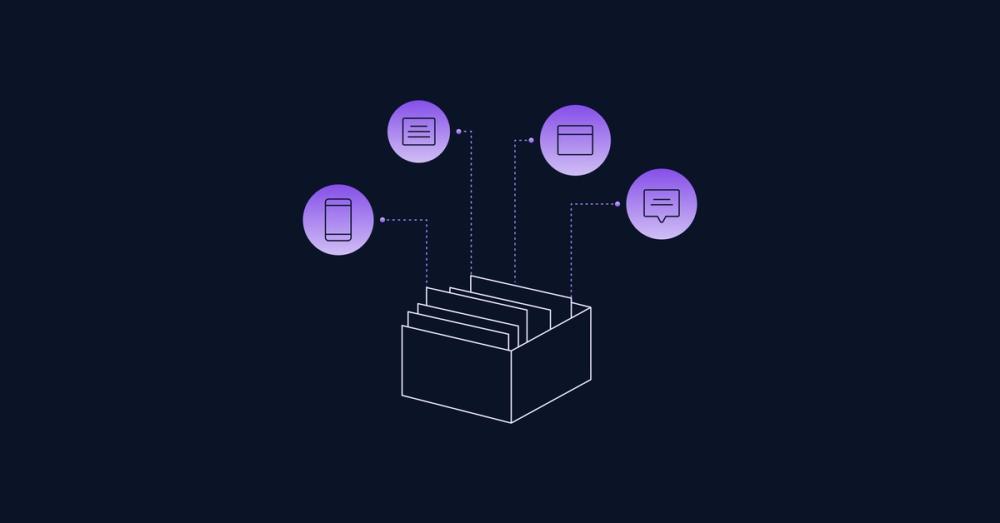- Usability Testing
- Discovery Research
Understanding Discovery Research: What It Is and Why It Matters

Let’s say you're looking to buy a new laptop soon. You scout the internet comparing features, models and colours. You read comments on videos, buying sites and blogs about the laptop. You compare This is basic discovery research. For a complex digital product this process entails multiple experts and advanced methods. Here is how it works:
Discovery research is an investigation process phase in the lifecycle of a product. As an essential phase in the design process aimed at understanding the needs, behaviors, and motivations of users before developing a product or service. This form of research helps designers and developers create solutions that genuinely meet user requirements and enhance their overall experience.
Methods used for Discovery Research Link to this headline
Secondary Research is the process of gathering existing data from previously published sources. This can include academic papers, market reports, existing surveys, and any other relevant data to understand the industry or user trends without primary data collection.
Stakeholder Interviews involving conversations with stakeholders to gain insights into their expectations, the project's objectives, and the business context. This helps in aligning the project's direction with the organizational goals.
Competitive analysis used to identify and evaluate the strengths and weaknesses of competitors within the market. This analysis provides insights into market trends, missed opportunities, and potential areas for differentiation.
Journey Mapping is a visual representation of the process that a user or customer goes through to achieve a goal with a service or product. It maps out each step the user takes, the interactions they have, and their feelings throughout the process, helping identify pain points and opportunities for improvement.
Project Roadmap is a plan that outlines the vision, direction, priorities, and progress of a project over time. It communicates the what, why, and how of the project, serving as a guide for stakeholders and team members to track milestones and deliverables.
Why is is important Link to this headline
Discovery research is crucial because it lays the foundational understanding needed to create products and services that are truly aligned with user needs and preferences. By engaging directly with both stakeholders and potential users, teams can gather valuable insights into behaviors, motivations, pain points, and desired features. This early investment in understanding the audience helps in avoiding costly design errors and ensures that the development process is focused on solving the right problems. Additionally, discovery research helps in identifying new opportunities and innovations that might not have been evident without a thorough investigation of the user environment and market conditions. Ultimately, this phase increases the likelihood of the product's success by ensuring it is both usable and necessary from the perspective of its intended users.
Business Value of Discovery Research Link to this headline
Discovery research done early helps to evaluate the probability of market success in contrast to other opportunities. By thoroughly understanding user needs and market conditions before committing significant resources, businesses can tailor their products to meet real demand, thereby optimizing resource allocation and maximizing return on investment.These insight allows companies to avoid costly redesigns and pivot their strategies based on informed data. Thus increasing the odds of creating products that customers love! Additionally, discovery research fosters innovation by uncovering needs and new market opportunities, helping businesses stay competitive and relevant in rapidly changing industries.
Conclusion Link to this headline
Discovery research isn't just a box to check off in your product development journey—it's your secret weapon. Armed with tools like stakeholder interviews, competitive analysis, and journey mapping, you and your team can really get into your users' heads and stay one step ahead of the market. This isn't just about minimizing risks or making smart decisions; it's about building something that really resonates with people and stands out in the crowded marketplace. Dive into some discovery research and start shaping the future of your products. Trust me, the insights you'll gain are worth their weight in gold.


